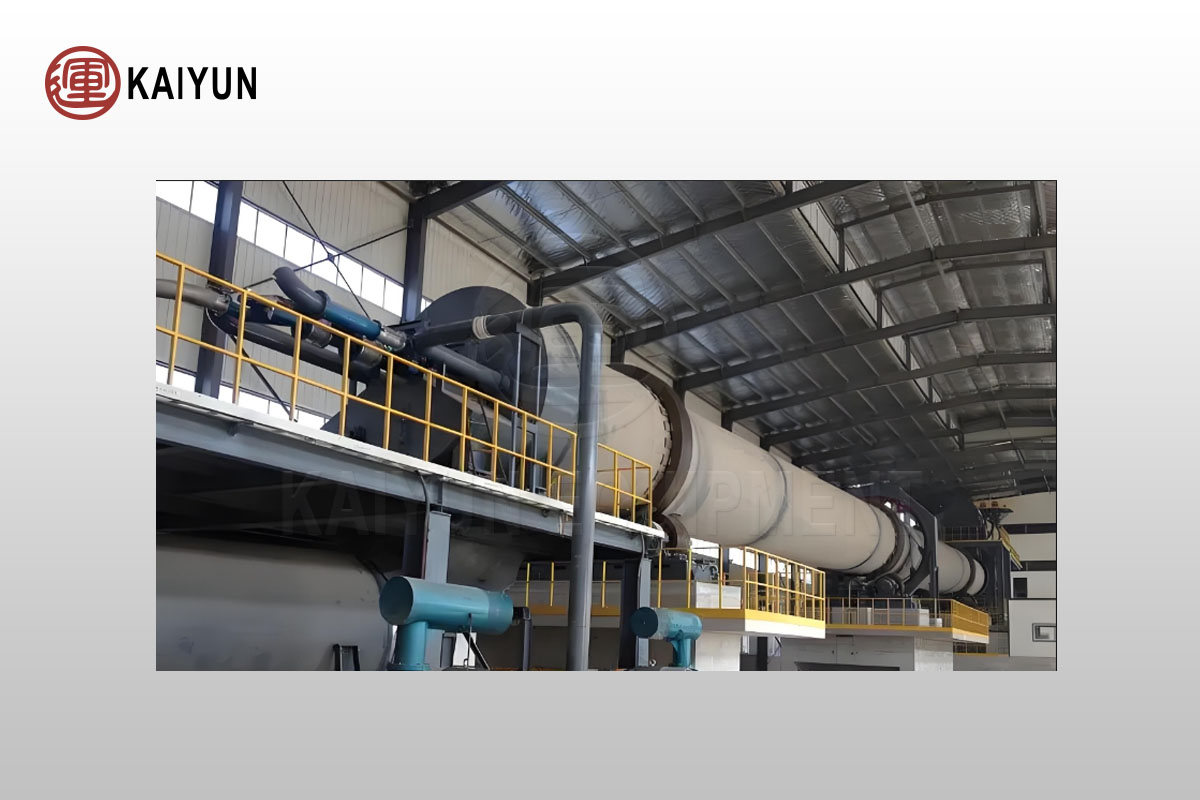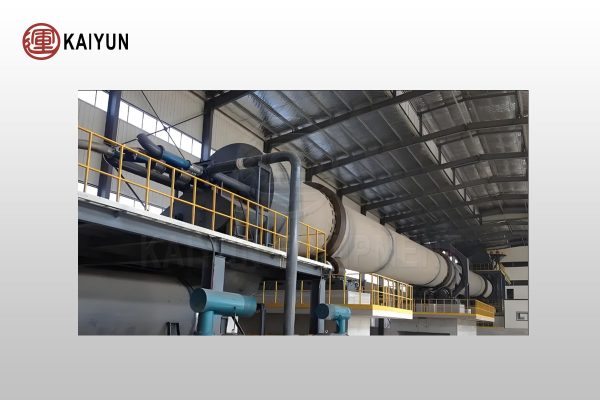Product Overview
The metallurgical rotary kiln, a cornerstone in the industry, leverages its high-temperature roasting capabilities to facilitate the physical and chemical transformation of metal ores. This accelerates the metal refining and material preparation processes.
The working process includes precise raw material feeding, dynamic roasting at high temperatures, and timely output of finished products. It spans the entire industry chain from steel, non-ferrous metals, and rare metals to non-metallic minerals, and plays a crucial role in waste treatment and resource recycling.
Table of Contents

Structure and Components
Robust Kiln Body Construction
Welded from high-quality steel plates, featuring high-performance refractory bricks, and precision support and drive components for accurate rotation.
Multi-functional Burner Configuration
Located at the kiln head or tail, capable of using various fuels such as coal, natural gas, and heavy oil to generate high-temperature flames, meeting diverse roasting requirements.
Intelligent Drive System
Integrates motor, reducer, and gear systems to ensure stable kiln operation and provide continuous production power.
Sealed Facilities
Specially designed for the kiln head and tail to effectively isolate heat and material loss, maintaining a clean and safe production environment.
Efficient Cooling Solutions
Employs either a grate or rotary cooler to rapidly cool the finished material, creating favorable conditions for subsequent processing.
Working Principle
Precision Feeding Mechanism
Raw materials are introduced into the kiln through a customized feeding system, marking the beginning of their transformation process.
Dynamic Roasting Process
Driven by the kiln’s rotation, the materials tumble along the kiln wall, continuously exposed to high-temperature flames and hot gas flows. This exposure induces deep chemical and physical reactions, such as ore decomposition, oxidation, or reduction.
Efficient Discharge System
Once roasting is complete, the finished material is transferred through an optimized discharge port to either the next processing stage or directly into the cooling phase.
Major Application Areas
Iron Ore Refining
Implements magnetization and oxidation roasting to significantly enhance ore smelting efficiency.
Bauxite Processing
Facilitates dehydration and decomposition to produce high-quality bauxite concentrate.
Lead-Zinc Ore Processing
Carries out oxidation roasting to optimize subsequent leaching and extraction operations.
Nickel Ore Development
Performs reduction roasting on laterite nickel ores, leading to the production of ferro-nickel alloys.
Titaniferous Iron Ore Utilization
Uses reduction roasting to produce high-performance titanium-iron alloys.
Core Advantages
Efficient Energy Performance
Utilizes refined heat management and energy recovery strategies to achieve efficient energy use and reduce operational costs.
Stable and Reliable Operation
Features a robust and durable structural design that ensures long-term, trouble-free operation, meeting the continuous production demands of industry.
Highly Automated Operation
Integrates an automatic control system to monitor and adjust roasting parameters in real-time, ensuring stable and controllable product quality.
Broad Application Range
Adapts flexibly to various types of raw materials, suitable for diverse metallurgical processes, and expands industrial boundaries.
Technical parameters
| Specifications (m) | φ5.5×115 | φ5.2×118 | Φ4.85×75 | φ4.8×110 | φ4.6×100 | φ4.4×100 | φ4.0×90 | φ3.8×85 |
| Production capacity (tons/day) | 80-100 | 80-90 | 51-57.5 | 45-60 | 40-50 | 40-45 | 34-38 | 23-26 |
| Kiln body slope (%) | 3.0 | 3.5 | 5.2 | 35 | 3.5 | 3.5 | 3.5 | 3.5 |
| Number of supports (pieces) | 4 | 5 | 4 | 4 | 4 | 4 | 4 | 4 |
| Wheel type | hydraulic | hydraulic | hydraulic | hydraulic | hydraulic | hydraulic | hydraulic | hydraulic |
| Main drive power (kw) | 315×2 | 355×2 | 200×2 | 355×2 | 250×2 | 200×2 | 160×2 | 132×2 |
| Auxiliary drive power (kw) | 30×2 | 37×2 | 37×2 | 37×2 | 37×2 | 22×2 | 18.5 | 18.5 |
| Total weight (excludingrefractory bricks) (tons) | 1675 | 1650 | 1160 | 1320 | 1060 | 912 | 756 | 705 |
